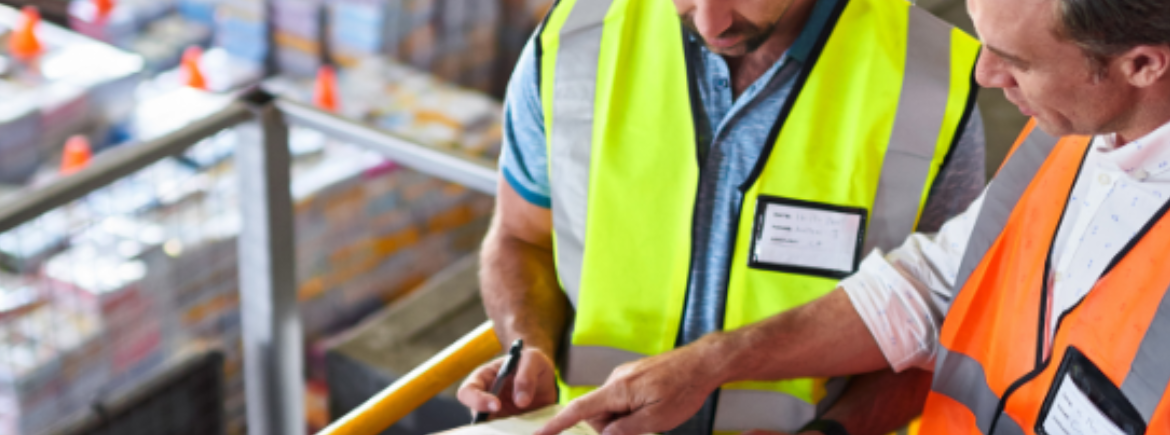How to reduce business costs through packaging optimisation

In today’s competitive business environment, managing rising costs is crucial to maintain profitability. Packaging, a commodity typically purchased on best price, is an often-overlooked area for potential operational cost savings.
By changing how you package items and improving your packing methods, you can save money and make your supply chain more efficient.
This blog post explores how increasing business costs affect companies and how optimising packaging can help reduce these expenses. We’ll also consider strategies for successful implementation.
- 1.
- 2.
- 3.
- 4.
- 5.

Understanding the impact of rising business costs
Today, businesses are facing tough economic challenges. They are dealing with more competition and changing markets and costs are rising. These factors are causing financial instability in all industries.
Factors such as inflation, changing consumer behaviour and legislative changes are contributing to increased costs. Higher energy prices are increasing raw material costs, while labour costs are rising faster than the cost of products. This is contributing to labour shortages in the UK as businesses struggle to keep salaries competitive.
When it comes to overall business expenses, the cost of packaging plays a significant role. It’s an essential component of product delivery and protection, and where inefficient packaging processes can contribute to higher packing costs. By optimising packaging processes, businesses can reduce expenses, enhance operational efficiency and improve their bottom line.
What is packaging optimisation?
Packaging optimisation improves design, reduces material use and enhances efficiency in the packaging supply chain to minimise environmental impact.
The right packaging solutions save time by speeding up the packaging process, as well as improve the utilisation of storage space on site. This can ultimately lower costs for labour, warehousing and shipping.

How packaging optimisation can deliver cost savings
Efficient packaging is crucial for businesses looking to gain a competitive edge. It has an impact right across the supply chain, including:
- Material reduction: By using the right type and size of packaging for your products, you can significantly reduce the amount of materials needed and reduce your packaging costs.
- Packaging taxation: By reducing material use, you will also reduce the amount of taxation paid on packaging usage on schemes such as PRN (Packaging waste Recovery Notes) and the forthcoming EPR (Extended Producer Responsibility) scheme where packaging enters UK households. By switching to recycled content plastics, you can also remove the additional costs of PPT (Plastic Packaging Tax).
- Labour cost: The right pack design and packaging automation can help your team to work smarter and faster, removing the need for temporary staff at peak times and allowing you to move team members to more productive tasks.
- Reducing shipping costs: Optimised packaging can improve parcel cubage, allowing you to fit more shipments on a pallet / courier vehicle to maximise payload and reduce the cost of delivery.
- Reduced product damage: The right packaging should deliver high levels of product protection, particularly for fragile items. This will reduce the incidence of damaged products, product waste, write-off and disposal costs as well as double order handing.
Packaging optimisation also has a positive impact on your business sustainability goals by reducing material use, moving to improved pack recyclability and lowering the number of delivery vehicle runs. This can support supply chain accreditations, reduce carbon emissions and help you to hit those ESG (Environmental, Social and Governance) goals.

Strategies for packaging optimisation
So, now we understand the advantages of packaging optimisation, what strategies can you implement to deliver significant savings through the supply chain?
Here are some key strategies to consider:
Using lightweight yet durable materials
One effective way to reduce the cost of packaging is by using lightweight materials that still offer durability and protection. There may be options to switch to a different corrugate fluting in a cardboard box for example, or a lighter gauge stretch wrap. But it’s important to strike the right balance of material and not compromise the safety of your products. By hitting the sweet spot of weight and strength, companies can optimise packaging while keeping expenses in check.
Redesigning packaging
When did you last review the types of packaging you’re using and how it performs? Often, little consideration is given to the packaging and its simply reordered time after time because “it’s always been used”. Think about ways to make the pack better by choosing designs that are faster to pack, use less material, and require less storage space. Smart packaging designs can all have a positive impact on cost across your operation.
Customising pack sizes to fit product dimensions
Another strategy to be cost effective is by customising pack sizes to fit products more efficiently. By eliminating excessive void spaces with a range of box sizes, businesses can minimise the amount of packaging material required and reduce shipping costs. Customised packaging not only saves money but also enhances the customer experience by ensuring products arrive in perfect condition.
Implementing automation in packaging processes
Automation can greatly improve the efficiency of packaging operations, leading to cost savings in the long run. By automating tasks such as filling, sealing and labelling, businesses can streamline their packaging processes, reduce errors and increase productivity. This not only helps combat rising costs but also allows employees to focus on more value-added tasks.
Reviewing how you order packaging
Optimisation also includes looking at the packaging procurement process. Do you order in bulk to get the best price, but then find you have racking full of packaging? Keeping excess inventory takes up space and ties up cash flow. This means packaging is bought but not needed, sitting unused for months.
Consider a stock and drip (or JIT) option, where packaging is delivered in smaller quantities and only as you need it. This not only improves cashflow but also has the potential to unlock space in your warehouse for more product to sell at peak times or, even increase production space.

What factors should we consider when optimising packaging?
When improving packaging, think about:
- The size and weight of the product being packed
- How fragile it is
- Storage and transportation needs
- Any relevant industry rules or guidelines
The primary purpose of packaging is to protect your products and deliver them to their destination in pristine condition. Packaging optimisation should not compromise the safety or security of your products.

How Macfarlane Packaging can help
Macfarlane Packaging offers a range of innovative solutions to help businesses rethink their packaging and reduce operational cost.
We offer a free packaging review to support you to use less packaging and improve pack recyclability. We can speed up your packing time and help you to fit more products on your delivery vehicles.
We can also help you to prepare for the forthcoming EPR taxation to minimise the cost on your business.
Why not contact us today?
